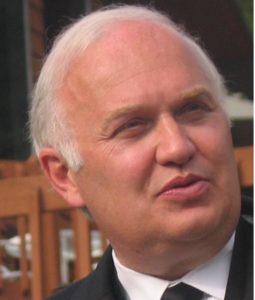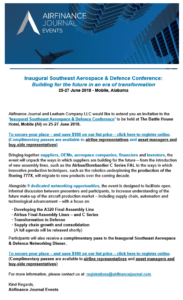Leeham News and Analysis
There's more to real news than a news release.
NASA, Boeing Say SAF Creates Fewer Greenhouse Contrails
By Dan Catchpole
Subscription Required
Nov. 2, 2023 © Leeham News: High over Montana, Andy “Jeeves” Barry slipped the McDonnell Douglas DC-8 to the right and out of the Boeing 737-10’s wake to “get some fresh air.”

NASA’s uses a highly-modified McDonnell Douglas DC-8 as a test platform for its Armstrong Flight Research Center. (Photo by Dan Catchpole)
After a few minutes, the NASA research pilot edged the DC-8 behind the MAX, trailing about a mile and a half or so. It was another in a slew of test flights in October that he’d spent riding the 737’s bumper in NASA’s venerable DC-8 research aircraft.
The former U.S. Navy aviator eased the workhorse into a slot of calmer air in the 737’s wake, he said. “…[I]n that sweet spot of that secondary (wake) and just above the primary wake is where we lived the whole time and got the best science that they really loved the entire time we were out there.”
NASA and Boeing collaborated on the flights to test the effect of sustainable aviation fuels (SAF) on the formation of contrails, short for condensation trails, which climatologists contribute to global warming. The 737-10 alternated between burning jet fuel and 100% SAF, while the DC-8 sampled the air in its wake.
Summary
- Researchers say data collected will help predict when and how contrails form and SAF’s effects on contrails.
- How much contrails contribute to global warming is not completely clear.
- Boeing is working with supply chain to develop airplanes that can fly 100% SAF and traditional jet fuel by 2030.
Pontifications: Alabama loses key committee slot in US Senate following election
Dec. 18, 2017, © Leeham Co.: The special US Senate election last week in Alabama drew world attention of the showdown between Democrat Doug Jones and Republican Roy Moore.
Jones eked out a victory, becoming the first Democrat in 25 years to be elected to the Senate from Alabama.
I’m not going to get into all the issues, allegations and political implications of this race. Instead, a new item from Defense News caught my eye about the implications to the Alabama aerospace position in Congress.
Defense News’ headline is eye-catching: “Election leaves Alabama-shaped hole on Senate Armed Services Committee.”
US ponders Russia sanctions, some affecting US aerospace
 Oct. 27, 2017, © Leeham Co.: The US is considering new trade sanctions against Russia, and Russia is considering retaliatory sanctions, that could have major implications in US aerospace—including on Boeing.
Oct. 27, 2017, © Leeham Co.: The US is considering new trade sanctions against Russia, and Russia is considering retaliatory sanctions, that could have major implications in US aerospace—including on Boeing.
The US sanctions would be for meddling in the US presidential election in 2016 and for activities in Eastern Europe. The Russian sanctions are a tit-for-tat retaliation if the US sanctions are adopted.
Among the Russian companies that may be targeted:
Pontifications: Boeing’s focus on going to Mars
Oct. 23, 2017, © Leeham Co.: New Orleans: Going to Mars is a daunting task, says John Shannon, a Boeing vice president and program manager of the SLS

John Shannon of Boeing. Photo via Google images.
program.
But it’s one of the greatest and most exciting challenges of today’s science community.
In a speech before the annual conference of the Aerospace Alliance Oct. 12 in New Orleans, Shannon used illustrations to explain the challenges of going to Mars. Some of the art he used are contained in this presentation (NASA Space Launch System). Boeing did not make its presentation available.
The SLS, or Space Launch System, is larger than the Saturn 5 rocket used in the Apollo astronaut and Skylab space programs in the 1960s and 1970s. It was used to send Apollo to the moon and it was the only rocket capable of launching beyond low earth orbit.
Boeing is building the rocket, which will be capable of sending supplies to Mars, followed by astronauts.



